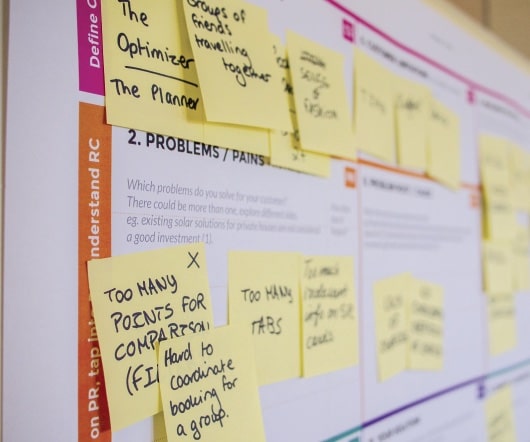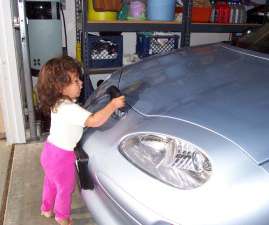Satellite study suggests California clean air regulations working to reduce PM2.5 emissions in state
Green Car Congress
JUNE 8, 2018
pollution in the state. is especially burdensome in California and accounts for the greatest percentage of health impacts attributable to air pollution. km-resolution MISR aerosol properties over Southern California for years 2001–2003, 2007–2009 and 2013–2015. to predict PM 2.5 Most monitors do not track individual PM 2.5

























Let's personalize your content